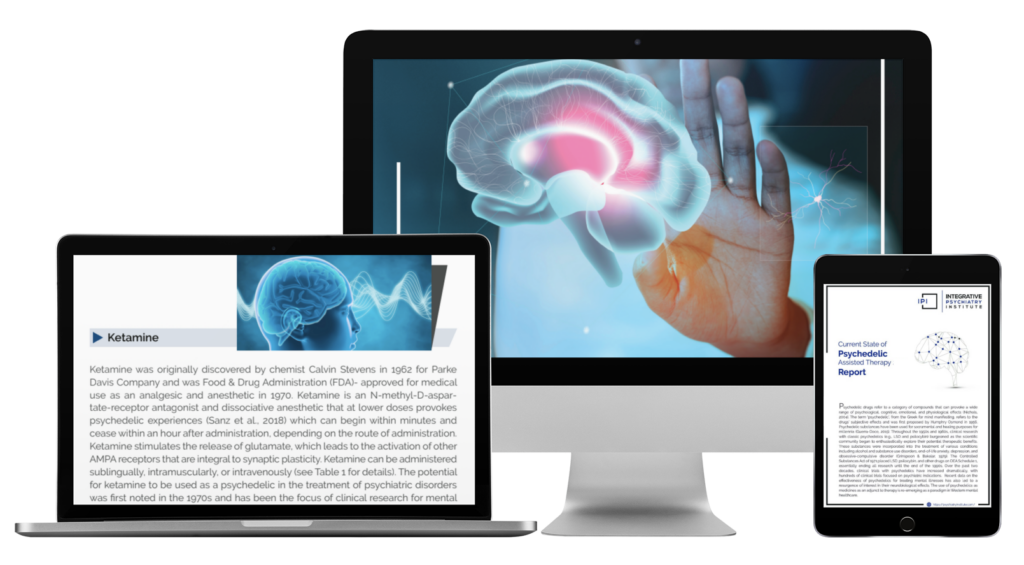Anything that happens before the age of five is very important in terms of laying down a foundation or template or an imprint into the nervous system as 90% of a child’s brain develops by the age five.
In the first few years of life, children primarily encode information through the right brain. Having a more sense-felt of experience instead of a cognitive mental experience.
If we do not delve and engage in the implicit memory of the child, we might miss the root of where some of the mental health issue became planted in to the system.
Dorsal children often present as the “perfect child”. They often come in pairs in the family system where in one gravitates more in the sympathetic arousal and another in the dorsal response.
Calm is a potential bi-product of regulation but it doesn’t mean that it is regulation. A moment of regulation is a moment of mindfulness which is different from experiencing self-control.
Children needs help in developing their regulatory system. We as the adult plays a role in developing the child’s autonomic nervous system to help integrate the dysregulated state in their nervous system.
FULL TRANSCRIPT:
I was so critical about this topic is that everything that applies to kids also applies to adults because we were all once children.
90% of a child’s brain develops by the age of five, which means that what happens before the age of five is a really big deal in terms of laying down a foundation or a template, or an imprint into the nervous system. In the first few years of life, children primarily encode information through the right brain. What that really means is that they’re having a felt sense experience of whatever it is that they are experiencing. They’re not approaching the experience from a cognitive mental place, it’s very much in the here and now might be the language we could use is very present in their bodies, very present centered. If we are going to work with children clinically, and we are not going to engage the semantics in the child, or we’re not going to delve into implicit memory, or missing potentially the root of where some of these issues first became planted, you might say into the system. So, we’re talking about body-based memory, not cognitive memory as we tend to think of memory which is called explicit memory.
The dorsal child often presents as the perfect child. The dorsal child is often the people pleaser. Is often the quiet one. Is often the one that doesn’t cause a fuss. They often come in pairs in a family system. It is not uncommon in a family system to have two children, where one tends to activate more towards sympathetic arousal, and one tends to activate more towards a dorsal response. Or in the system, if you’ve got two parents that tend to specialize in sympathetic activation, there’s a high probability that one of the children in the system is going to specialize in dorsal activation.
Regulation does not mean calm. Calm, is a potential byproduct of regulation but it doesn’t mean regulation. The number of times that I hear, ”just calm down, just calm down, just calm down, you’ve got to be calm, you’ve got to be calm,” that’s different than connect. So that’s the new language I’m going to offer you. regulation means connect. A moment of regulation is a moment of mindfulness. It’s a moment when you attach to the self. Many issues that children are struggling with or regulation issues and here’s another really big one, self-regulation is not the same thing as self-control. I can take breath in the midst of feeling angry, I can connect to myself in the midst of feeling sad, or overwhelmed or anxious, or disorganized internally.
Every single child still needs help in the development of their regulatory system. The need for an external regulator, the mother is literally a regulator of the crescendos and decrescendos of the baby’s developing autonomic nervous system. In order to help repattern a child’s nervous system, the child first needs an external regulator to help integrate the dysregulated state in their nervous system. Integrating intensity must first start with the adult. Sometimes we put it on the child, rather than expecting or understanding that it needs to start here first. And then when the child is in our office and they’re having a hard time, it’s not about hey, how do I make you calm down? It’s how do I begin to work with myself in the moment to be able to breathe, activate my own ventral response, get grounded, because there’s a baby in front of me who’s crying.







